Is Coding Over? Why Learning to Code Is Really About Learning to Learn
We are now living in a technological world and the future of work is this: Tech workers will no longer solely work in the tech industry. Every field will hire employees with strong digital skills, and this trend will only continue to accelerate.
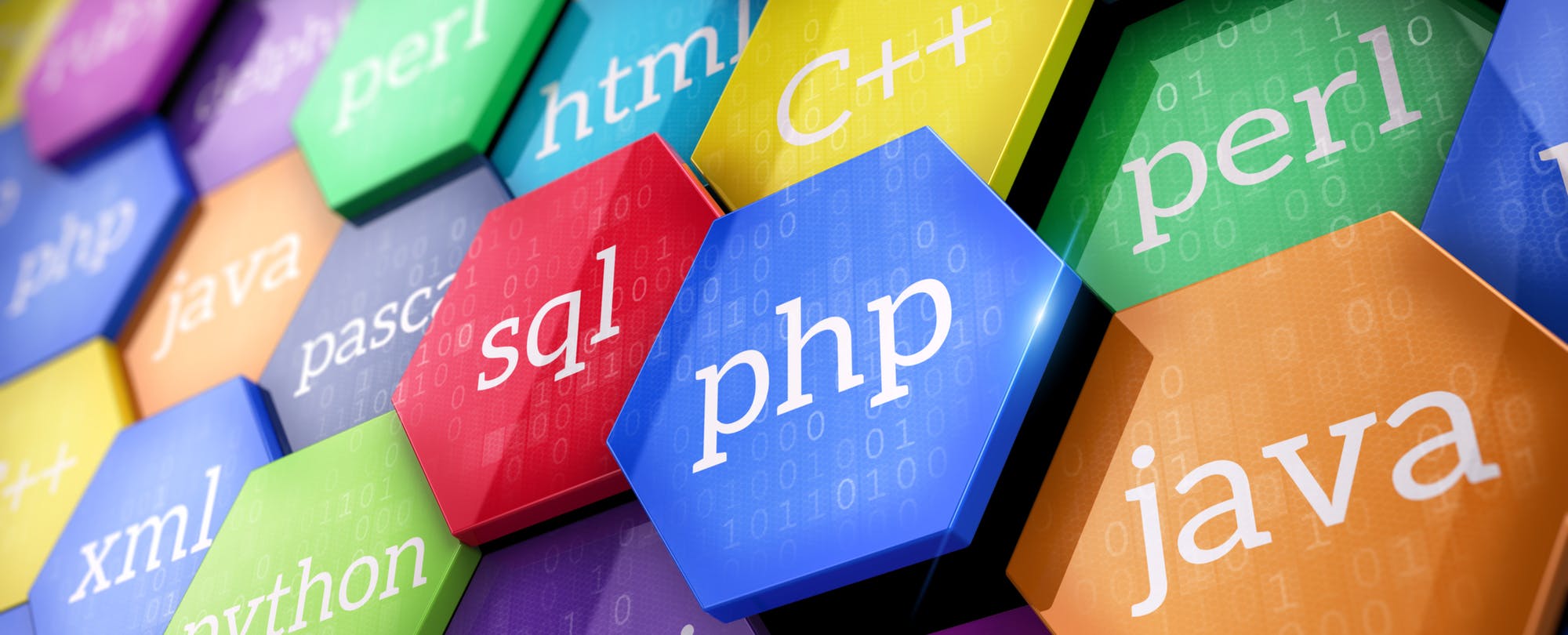
- 0 Comments
- Jan 23, 2020 10:10:00 AM
- Posted by Natalia Galvis
- Topics: EdTech, STEM, 21st Century Classroom, Coding, Codificación, STEMchat, Edchat
5 Ways AI May Influence Higher Education Admissions & Retention

Artificial intelligence (AI) has officially entered the higher education realm, both hypothetically and in early practice. According to the report Artificial Intelligence Market in the US Education Sector, AI will grow at a compound annual rate of 47.7 percent from 2018 to 2022. Several technological and educational powerhouses will contribute to that growth as they commit substantial resources and personnel to develop digital platforms that use AI.
- 0 Comments
- Jan 22, 2020 10:05:00 AM
- Posted by Natalia Galvis
- Topics: EdTech, STEM, 21st Century Classroom, Artificial Intelligence, STEMchat, Edchat, AI
STEM Education is About Hands On Experiences
The processes of inquiry, reasoning and collaboration required in STEM learning are similar to any experiential activity; learning activities must be hands-on experiences. STEM classes also demand rigor and relevance in a curriculum, and the students who take these classes must learn to think critically as they use science, technology, engineering, and mathematics to solve real world problems through direct learning experiences.
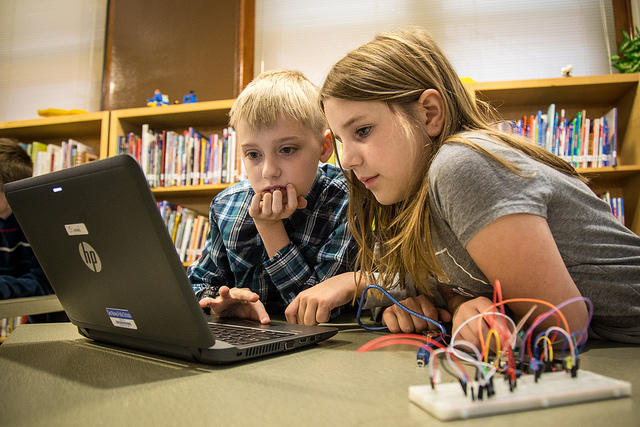
- 0 Comments
- Jan 20, 2020 10:00:00 AM
- Posted by Natalia Galvis
- Topics: EdTech, STEM, 21st Century Classroom, STEMchat, Edchat
5 STEM Toys to Grab Kids' Interest Early
Science, technology, engineering and math — these subjects make up STEM, and it's clear why all four will be vital to your child's growth and success. When they grow up, they may want to pursue these interests as careers — a good thing, considering experts predict these fields will only continue to grow and create more jobs. Plus, STEM work tends to come with a healthy salary, too.
For now, your little one's far from a steady 9-to-5. Nevertheless, you can cultivate their interest in STEM-related subjects with toys that sharpen the brain. Discover five of the best options to add to your child's toy box.
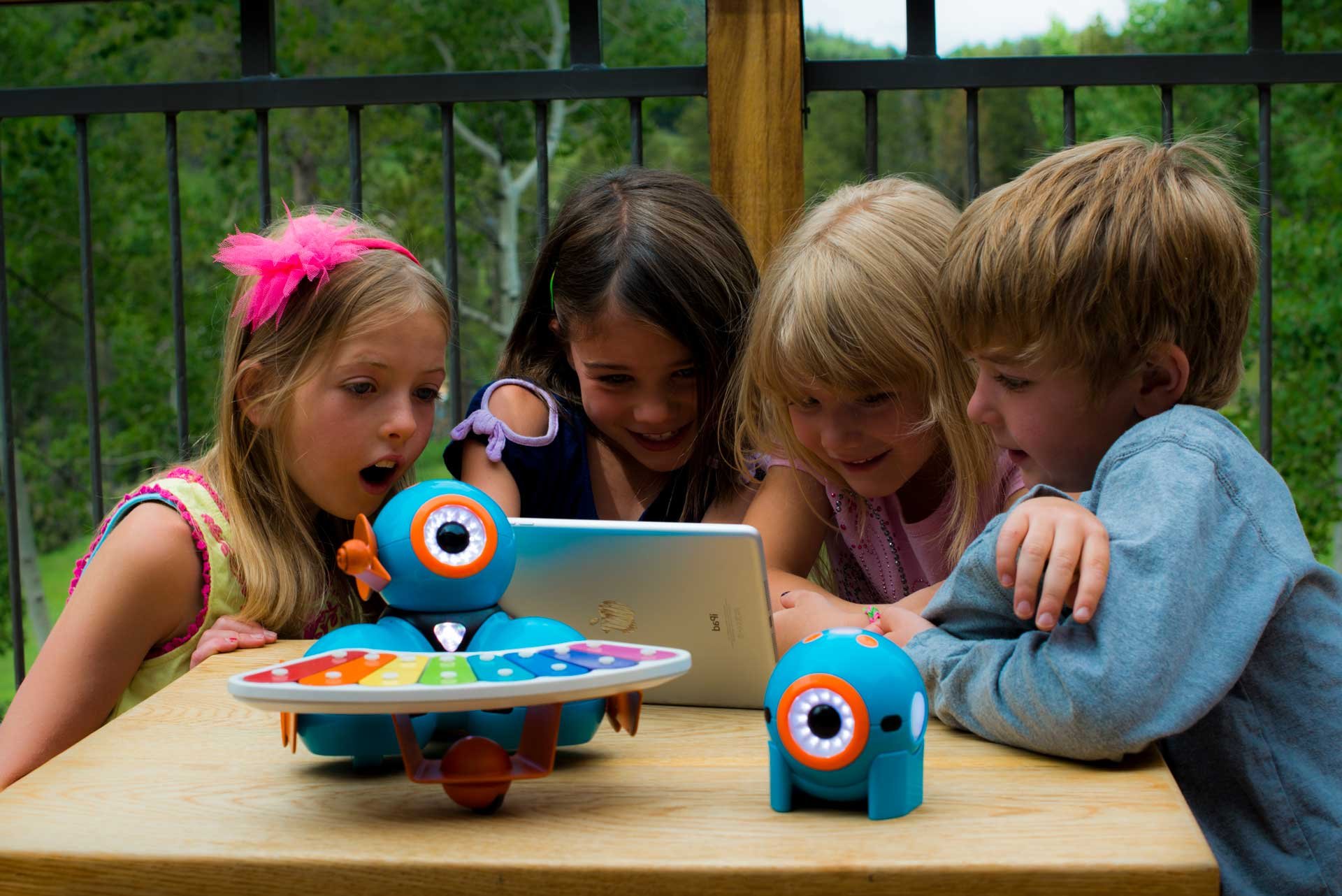
- 1 Comments
- Jan 17, 2020 10:30:00 AM
- Posted by Natalia Galvis
- Topics: EdTech, STEM, STEMchat, Edchat
4 Keys to Finding and Using Technology in Early Elementary Classrooms
Finding quality technology resources to incorporate into the classroom can be challenging for any teacher, but it may be a particularly tall order for teachers of younger students. As a kindergarten teacher, I’m all too aware of the heightened concerns about screen time and what is and is not age-appropriate for our littlest pupils. Here are a few suggestions to help bring tech tools that are age-appropriate and educationally relevant into the classroom without spending a ton of time hunting them down.

- 0 Comments
- Dec 24, 2019 11:00:00 AM
- Posted by Natalia Galvis
- Topics: EdTech, STEM, Technology, STEMchat, Edchat, Digital Technology
How to Encourage Students to Keep Learning About STEM for the Next Year
STEM careers are going to take the lead in the next decade, especially as the country works toward goals such as reaching the moon by 2024 and setting up a permanent moon base by 2028.
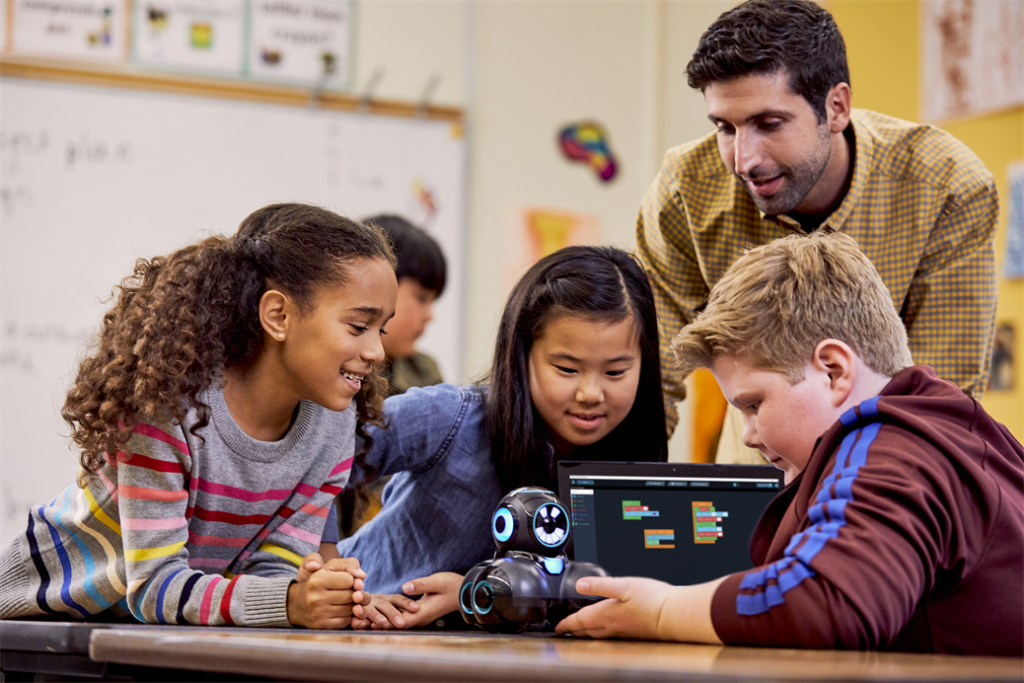
Science, technology, engineering and mathematics are the careers that will carry the U.S. into the future — but middle and high school students are quickly losing interest. In fact, only 38% of current students are naturally interested in the STEM fields. How can teachers and educators keep students learning about STEM for the next year?
- 0 Comments
- Dec 23, 2019 10:00:00 AM
- Posted by Natalia Galvis
- Topics: EdTech, STEM, STEMchat, Edchat
5 Ways to Strengthen Early STEM Learning
The early introduction of STEM learning can be a crucial factor for the future accomplishments of new generations. Young children are ripe for the absorption of interesting and exciting information. However, STEM programs are not always present or inclusive within early childhood education. STEM Starts Early is a report, supported by the National Science Foundation, about the relevance and hurdles to including STEM in early childhood education programs. The report included five key ideas to strengthen early STEM learning.
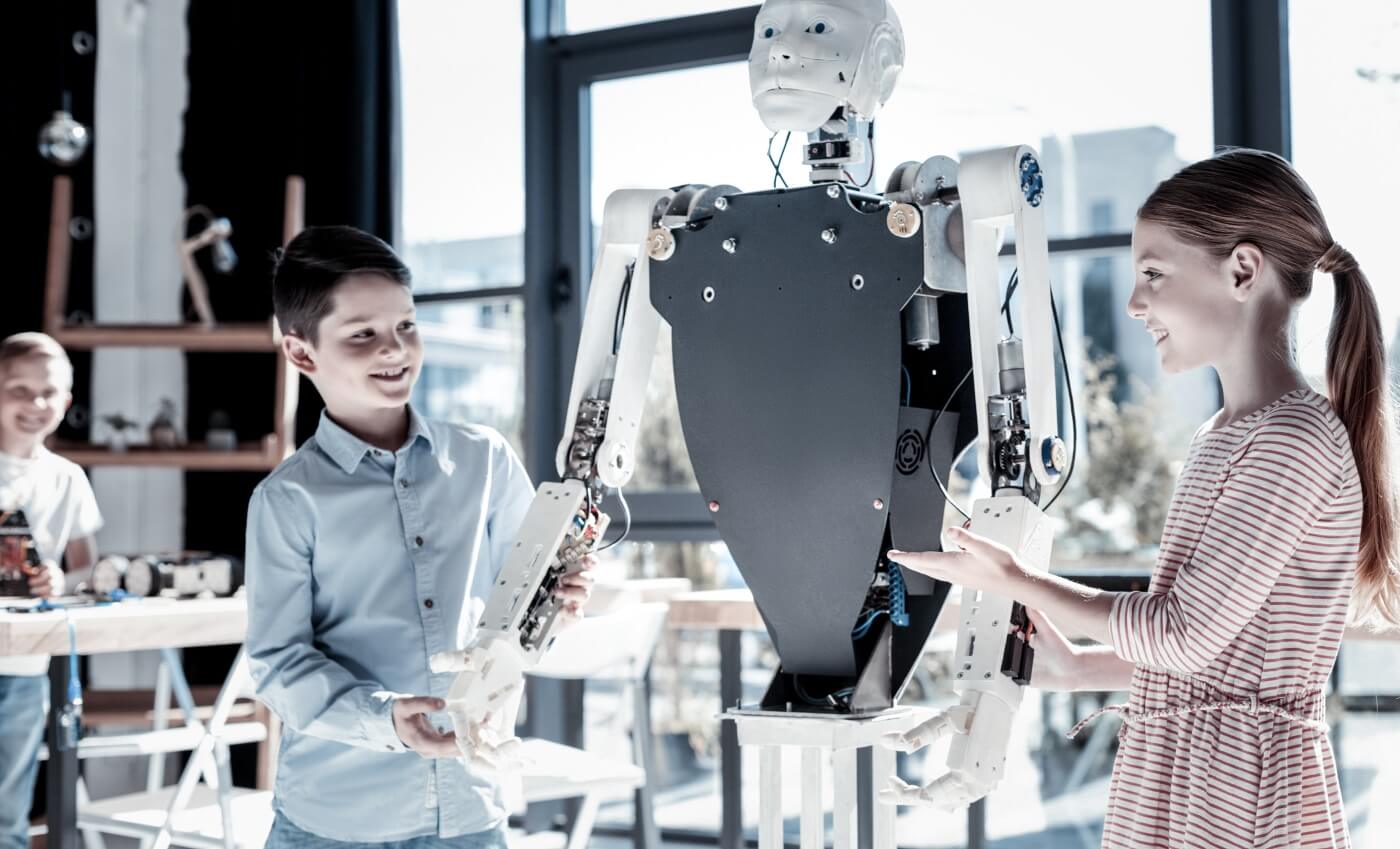
- 0 Comments
- Nov 21, 2019 10:30:00 AM
California State Parks Reaches Major Milestone in K-12 Digital Access
California State Parks is proud to announce it has connected more than 500,000 students to state parks via virtual field trips since 2004. The grassroots program known as Parks Online Resources for Teachers and Students (PORTS®) engages undeserved students by creating equitable digital access to state parks at no cost to schools, teachers or students.
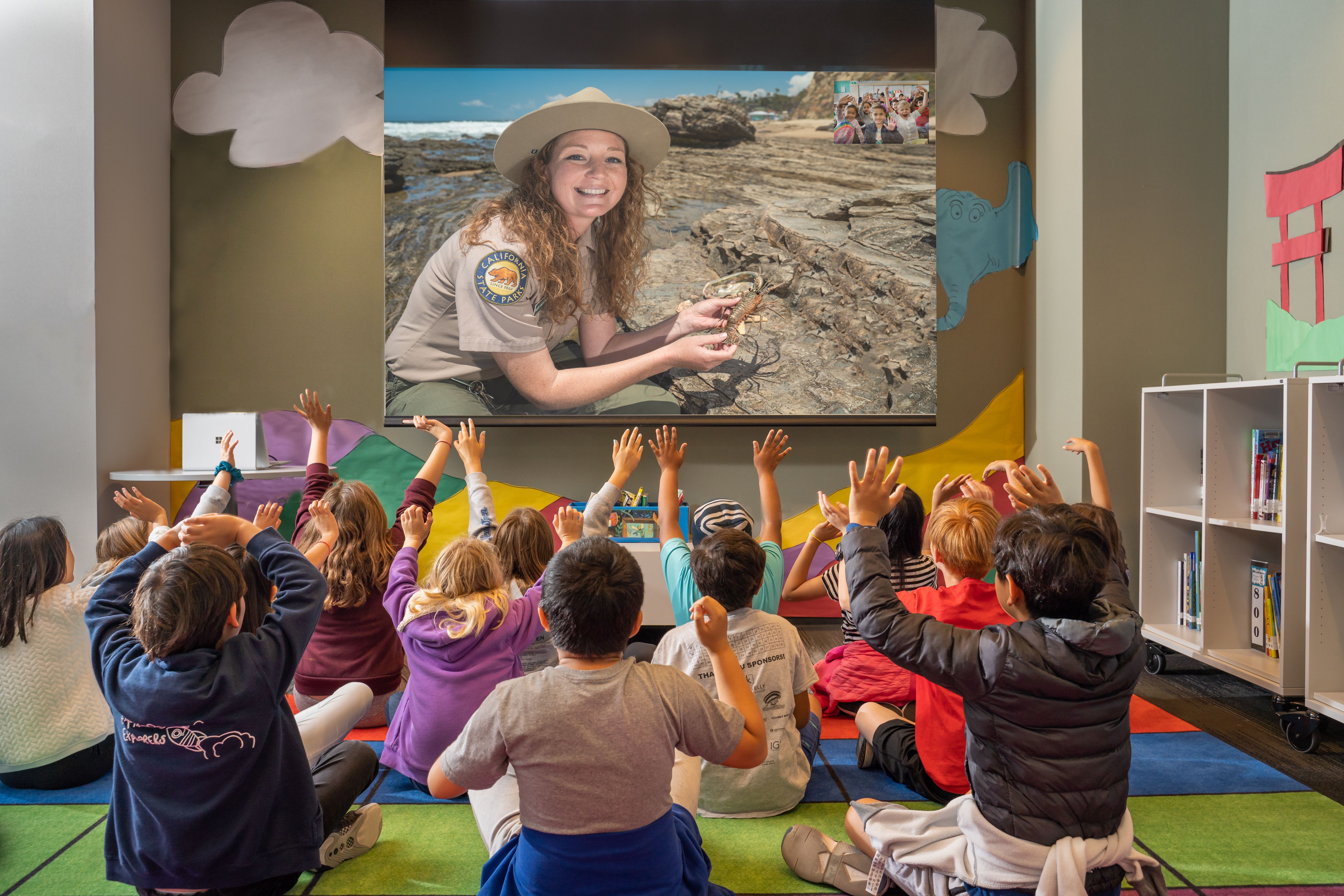
- 0 Comments
- Nov 20, 2019 10:00:00 AM
6 Ideas for Funding More STEM Programs in Education
Quality STEM education is necessary for molding the upcoming generation of scholars. This discipline influences virtually every industry. While jobs are abundant, they often go unfilled.
Educators can combat this problem by teaching students the value of STEM. However, many of them encounter funding issues. Schools don't always have adequate budgets to support engineering and technology programs, especially when they require expensive tools.

Educating students is difficult without monetary support. Schools are using creative ideas for funding STEM programs and paying teachers. If your institution needs new ideas on bringing in more money, read about the six ideas below.
- 0 Comments
- Nov 19, 2019 10:00:00 AM
- Posted by Natalia Galvis
- Topics: EdTech, STEM, STEMchat, Edchat
Why Computer Science Should Be a High School Graduation Requirement
Computing is an integral part of every aspect of our lives, from how we connect with each other to the way we do our jobs and get around. Computing is the number one source of all new wages in the U.S. economy and there are currently 500,000 open computing jobs across the country.

Yet, according to a Code.org report, only 15 states require all high schools to offer computer science. Many parents, educators, and education institutions are calling for computer science to be a high school graduation requirement. As one commentator pointed out: Schools teach math to students regardless of whether they want to become mathematicians because it is foundational. The same is true of computer science. There are a number of benefits to taking computer science in high school.
- 0 Comments
- Nov 18, 2019 10:30:00 AM
- Posted by Natalia Galvis
- Topics: EdTech, STEM, Education, Computer Science, Coding, STEMchat, Edchat, Computational thinking
Relevant Posts
Popular Posts
Subscribe to Email Updates
-
I Want To Learn MoreADDITIONAL INFORMATION


